Radial neck fracture
Citation, DOI, disclosures and article data
At the time the article was created Bruno Di Muzio had no recorded disclosures.
View Bruno Di Muzio's current disclosuresAt the time the article was last revised Arlene Campos had no financial relationships to ineligible companies to disclose.
View Arlene Campos's current disclosures- Radial neck fracture
Radial neck fractures are, together with the radial head fractures, relatively common injuries, especially in adults, although they can be occult on radiographs.
On this page:
Pathology
Radial neck fractures are almost always the result of a fall onto an outstretched hand. Force applied along the radius results in impaction of the radial head against the capitellum. The result is often a radial head or neck fracture. The neck fractures may be complete or incomplete.
Radiographic features
Plain radiograph
The elbow is typically radiographed in AP and lateral projections, although an oblique view is very frequently also obtained to better visualize the radial head (see elbow radiography).
The images generally show the loss of the mild concave curvature of the anterior cortex of the base of the radial head creating an abrupt offset between the radial head and neck 1.
An elbow joint effusion is usually present, however, it could be absent on plain x-ray in some cases as part of the radial neck is extra-articular.
Treatment and prognosis
Radial neck fractures are usually not displaced. As a result, they are usually treated with immobilization in cast. In the rare situation where there is a transverse fracture of the neck and displacement of the proximal fracture fragment, operative intervention may be required.
References
- 1. Sheehan S, Dyer G, Sodickson A, Patel K, Khurana B. Traumatic Elbow Injuries: What the Orthopedic Surgeon Wants to Know. Radiographics. 2013;33(3):869-88. doi:10.1148/rg.333125176 - Pubmed
Incoming Links
- Radial neck fracture
- Radial neck fracture (MRI)
- Radial neck and olecranon fractures
- Elbow joint effusion - fat pad sign
- Radial head fracture
- Radial head and neck fracture
- Neck of radius fracture
- Radial neck fracture
- Bilateral joint elbow effusions
- Radial neck and olecranon fractures
- Distal radial buckle and radial neck fractures
- Olecranon and radial neck fracture
- Elbow dislocation with radial neck fracture
- Radial neck fracture and sail sign
- Terrible triad of the elbow
- Radial neck fracture
- Fractured neck of radius
Related articles: Elbow pathology
- elbow anatomy
- elbow radiography
- approach
- MRI of the elbow - an approach
- trauma
- fractures
- dislocations
- ligamentous
- pulled elbow syndrome
- golfer's elbow (medial epicondylitis)
- tennis elbow (lateral epicondylitis)
- supinator syndrome
- distal biceps tendon tear
- distal triceps tendon tear
- inflammatory
- congenital
- mechanical
- Panner disease (osteochondrosis of the capitellum)
Related articles: Fractures
-
fracture
- terminology
- fracture location
- diaphyseal fracture
- metaphyseal fracture
- physeal fracture
- epiphyseal fracture
- fracture types
- avulsion fracture
- articular surface injuries
- complete fracture
- incomplete fracture
- infraction
- compound fracture
- pathological fracture
- stress fracture
- fracture displacement
- fracture location
- fracture healing
- skull fractures
-
facial fractures
- fractures involving a single facial buttress
- alveolar process fractures
- frontal sinus fracture
- isolated zygomatic arch fractures
- mandibular fracture
- nasal bone fracture
- orbital blow-out fracture
- paranasal sinus fractures
- complex fractures
- dental fractures
- fractures involving a single facial buttress
-
spinal fractures
- classification (AO Spine classification systems)
-
cervical spine fracture classification systems
- AO classification of upper cervical injuries
- AO classification of subaxial injuries
- Anderson and D'Alonzo classification (odontoid fracture)
- Roy-Camille classification (odontoid process fracture)
- Gehweiler classifcation (atlas fractures)
- Levine and Edwards classification (hangman fracture)
- Allen and Ferguson classification (subaxial spine injuries)
- subaxial cervical spine injury classification (SLIC)
- thoracolumbar spinal fracture classification systems
- three column concept of spinal fractures (Denis classification)
- classification of sacral fractures
-
cervical spine fracture classification systems
- spinal fractures by region
- spinal fracture types
- classification (AO Spine classification systems)
- rib fractures
- sternal fractures
-
upper limb fractures
- classification
- Rockwood classification (acromioclavicular joint injury)
- AO classification (clavicle fracture)
- Neer classification (clavicle fracture)
- Neer classification (proximal humeral fracture)
- AO classification (proximal humeral fracture)
- AO/OTA classification of distal humeral fractures
- Milch classification (lateral humeral condyle fracture)
- Weiss classification (lateral humeral condyle fracture)
- Bado classification of Monteggia fracture-dislocations (radius-ulna)
- Mason classification (radial head fracture)
- Frykman classification (distal radial fracture)
- Mayo classification (scaphoid fracture)
- Hintermann classification (gamekeeper's thumb)
- Eaton classification (volar plate avulsion injury)
- Keifhaber-Stern classification (volar plate avulsion injury)
- upper limb fractures by region
- shoulder
- clavicular fracture
-
scapular fracture
- acromion fracture
- coracoid process fracture
- glenoid fracture
- humeral head fracture
- proximal humeral fracture
- humeral neck fracture
- arm
- elbow
- forearm
- wrist
-
carpal bones
- scaphoid fracture
- lunate fracture
- capitate fracture
- triquetral fracture
- pisiform fracture
- hamate fracture
- trapezoid fracture
- trapezium fracture
- hand
- shoulder
- classification
- lower limb fractures
- classification by region
- pelvic fractures
- hip fractures
- Pipkin classification (femoral head fracture)
- Garden classification (hip fracture)
- American Academy of Orthopedic Surgeons classification (periprosthetic hip fracture)
- Cooke and Newman classification (periprosthetic hip fracture)
- Johansson classification (periprosthetic hip fracture)
- Vancouver classification (periprosthetic hip fracture)
- femoral
- knee
- Schatzker classification (tibial plateau fracture)
- AO classification of distal femur fractures
- Meyers and McKeevers classification (anterior cruciate ligament avulsion fracture)
- tibia/fibula
- Watson-Jones classification (tibial tuberosity avulsion fracture)
- ankle
- foot
- Berndt and Harty classification (osteochondral lesions of the talus)
- Sanders CT classification (calcaneal fracture)
- Hawkins classification (talar neck fracture)
- Myerson classification (Lisfranc injury)
- Nunley-Vertullo classification (Lisfranc injury)
- pelvis and lower limb fractures by region
- pelvic fracture
- sacral fracture
- coccygeal fracture
-
hip
- acetabular fracture
- femoral head fracture
-
femoral neck fracture
- subcapital fracture
- transcervical fracture
- basicervical fracture
-
trochanteric fracture
- pertrochanteric fracture
- intertrochanteric fracture
- subtrochanteric fracture
- femur
- mid-shaft fracture
- bisphosphonate-related fracture
- distal femoral fracture
- knee
- avulsion fractures
- Segond fracture
- reverse Segond fracture
- anterior cruciate ligament avulsion fracture
- posterior cruciate ligament avulsion fracture
- arcuate complex avulsion fracture (arcuate sign)
- biceps femoris avulsion fracture
- iliotibial band avulsion fracture
- semimembranosus tendon avulsion fracture
- Stieda fracture (MCL avulsion fracture)
- patellar fracture
- tibial plateau fracture
- avulsion fractures
- leg
- tibial tuberosity avulsion fracture
- tibial shaft fracture
- fibular shaft fracture
- Maisonneuve fracture
- ankle
- foot
- tarsal bones
- metatarsal bones
- phalanges
- classification by region
- terminology



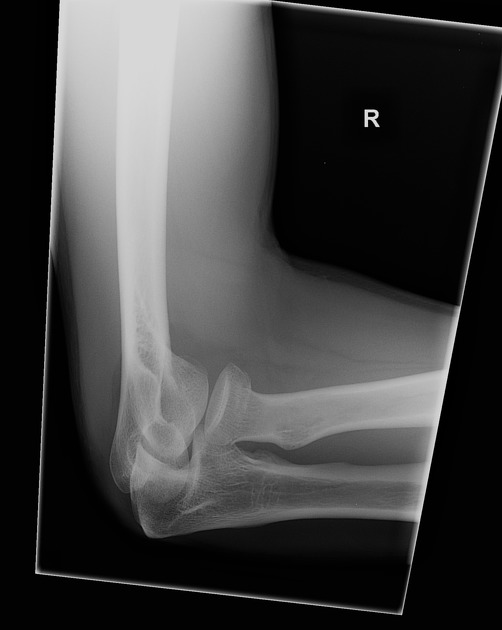
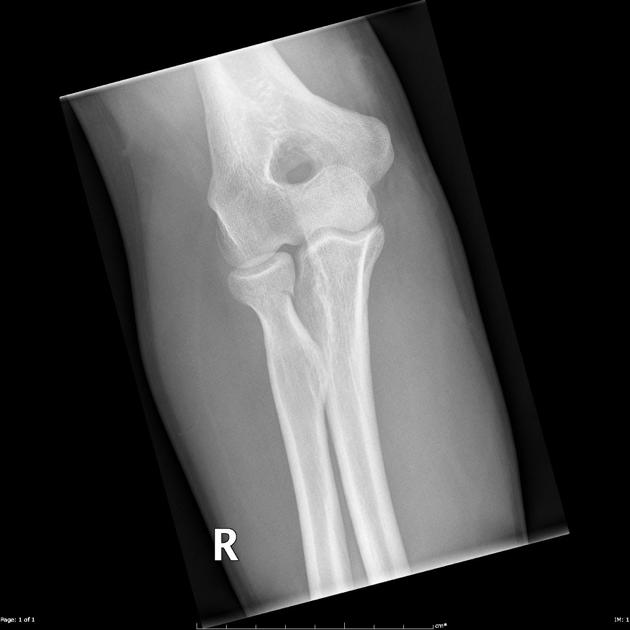
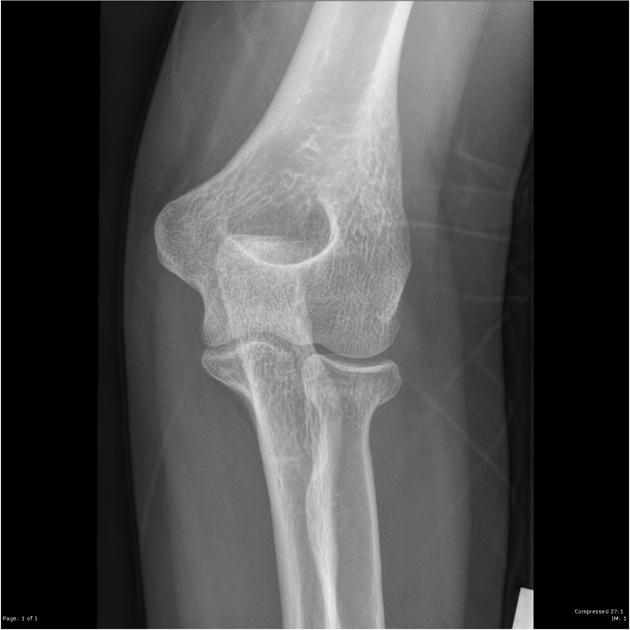
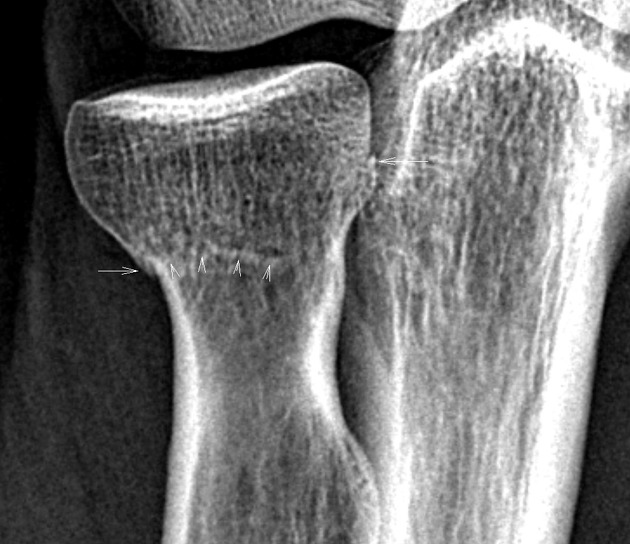
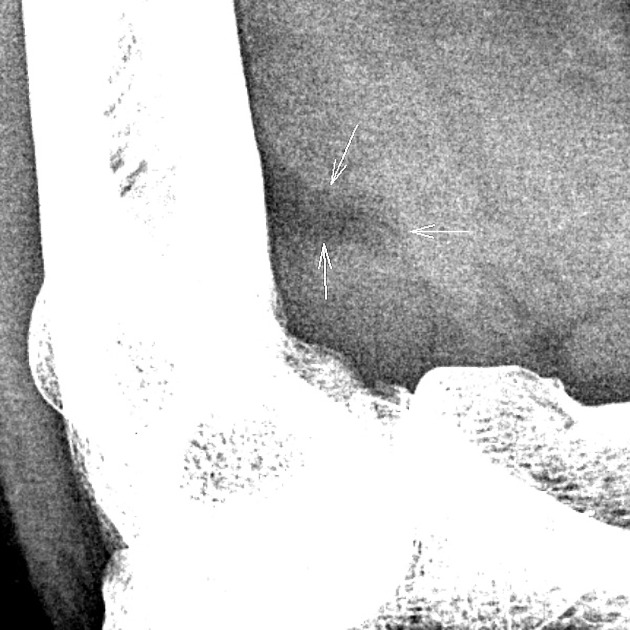
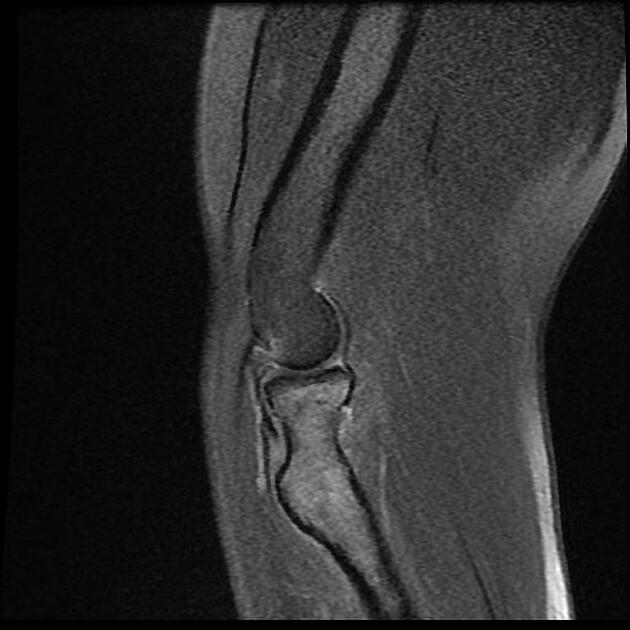
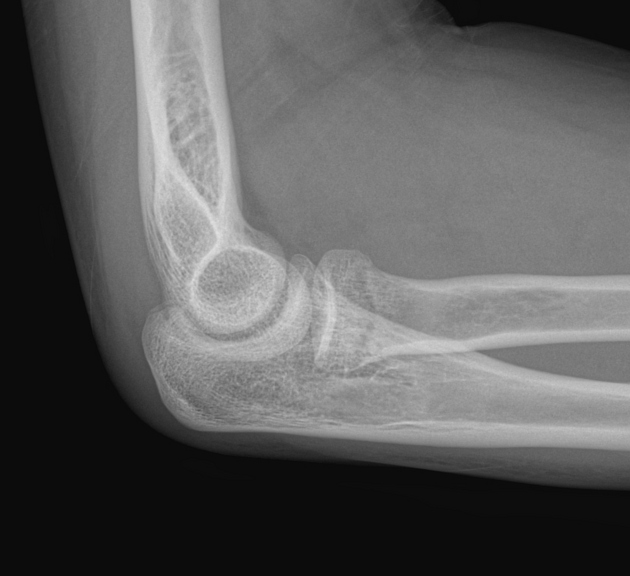


 Unable to process the form. Check for errors and try again.
Unable to process the form. Check for errors and try again.